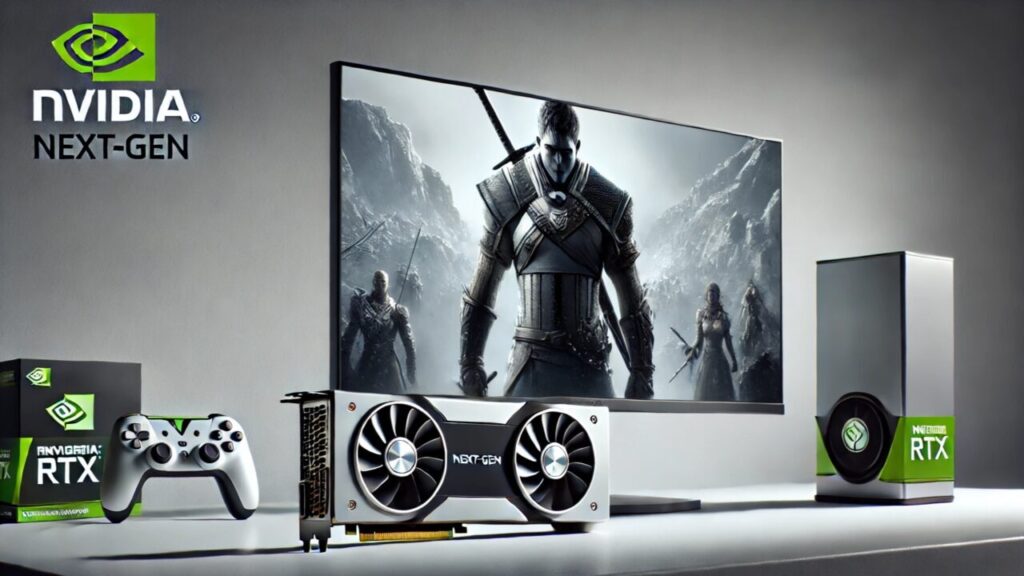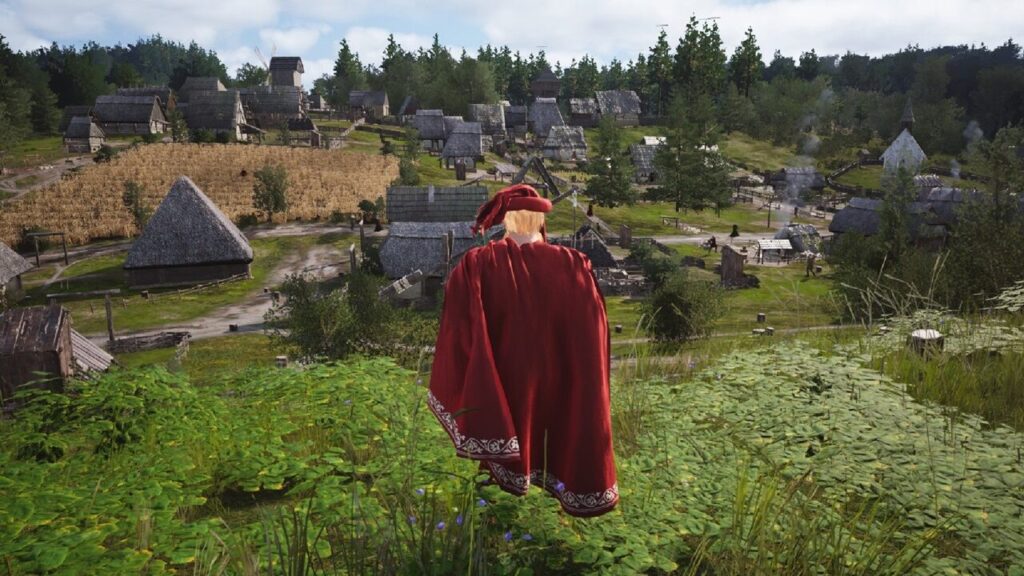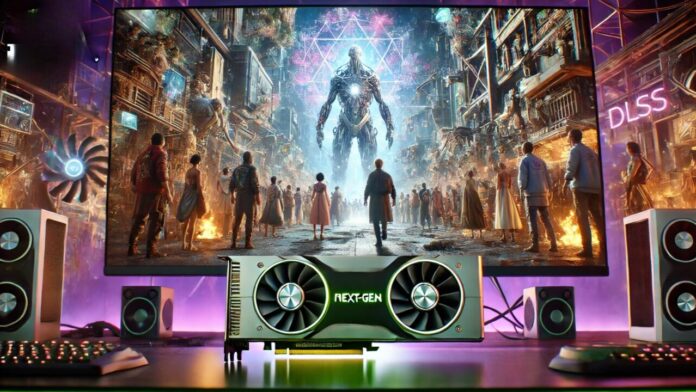NVIDIA has made groundbreaking announcements regarding the future of its Deep Learning Super Sampling (DLSS) technology. According to NVIDIA CEO Jensen Huang, DLSS will not only enhance game performance and frame rates but also leverage artificial intelligence to generate in-game textures, characters, and objects autonomously. This innovation promises to transform both the performance and visual quality of games dramatically.
What DLSS Currently Does
DLSS currently utilizes the tensor cores in RTX GPUs to upscale game graphics, improving performance by generating high-quality images from lower resolution inputs. This results in higher frame rates without sacrificing visual fidelity.

Future of DLSS: AI-Generated Game Content
In the future, DLSS is set to take a massive leap forward. Huang revealed that upcoming versions of DLSS would be capable of creating game assets from scratch. This means DLSS will not only upscale frames but also autonomously generate textures and objects within games. Here are some key points about this development:
- Texture and Object Generation: DLSS will be able to create in-game textures and objects, enhancing the visual appeal and realism of games without increasing the demand on video memory (VRAM).
- Improved Compression Technology: NVIDIA is developing new compression techniques using trained neural networks to enhance texture quality while keeping VRAM requirements low. This technology aims to achieve a compression ratio of 16x, compared to the current standard of 8x.
- Dynamic NPC Creation: DLSS will extend to generating non-player characters (NPCs). For instance, in a game scenario with six characters, while two may be pre-defined, the remaining four could be dynamically created by AI, complete with realistic dialogues and interactions facilitated by NVIDIA’s Avatar Creation Engine (ACE).
Implications for Gaming
This technological advancement suggests that future games might feature environments and characters entirely generated in real-time by AI. Such a capability would revolutionize game design, allowing for more dynamic, immersive, and varied gaming experiences. Additionally, this approach could lead to significant cost reductions in game development and potentially shorter development cycles.

Challenges and Considerations
While the potential benefits are immense, there are also challenges and considerations to address:
- Quality Control: Ensuring the AI-generated content meets the high standards of quality expected by gamers.
- Security and Ethics: Addressing concerns about the ethical implications and security risks of AI-generated content.
- Adoption and Compatibility: Ensuring that these advanced AI capabilities are compatible with existing gaming infrastructures and accessible to developers.
NVIDIA’s vision for the future of gaming, where AI handles much of the rendering and content creation, marks a significant shift in the industry. The successful implementation of this technology could lead to unprecedented levels of realism and immersion in video games.
For more information, you can visit the following sources:
What are your thoughts on this revolutionary approach to gaming? Share your views in the comments below.

